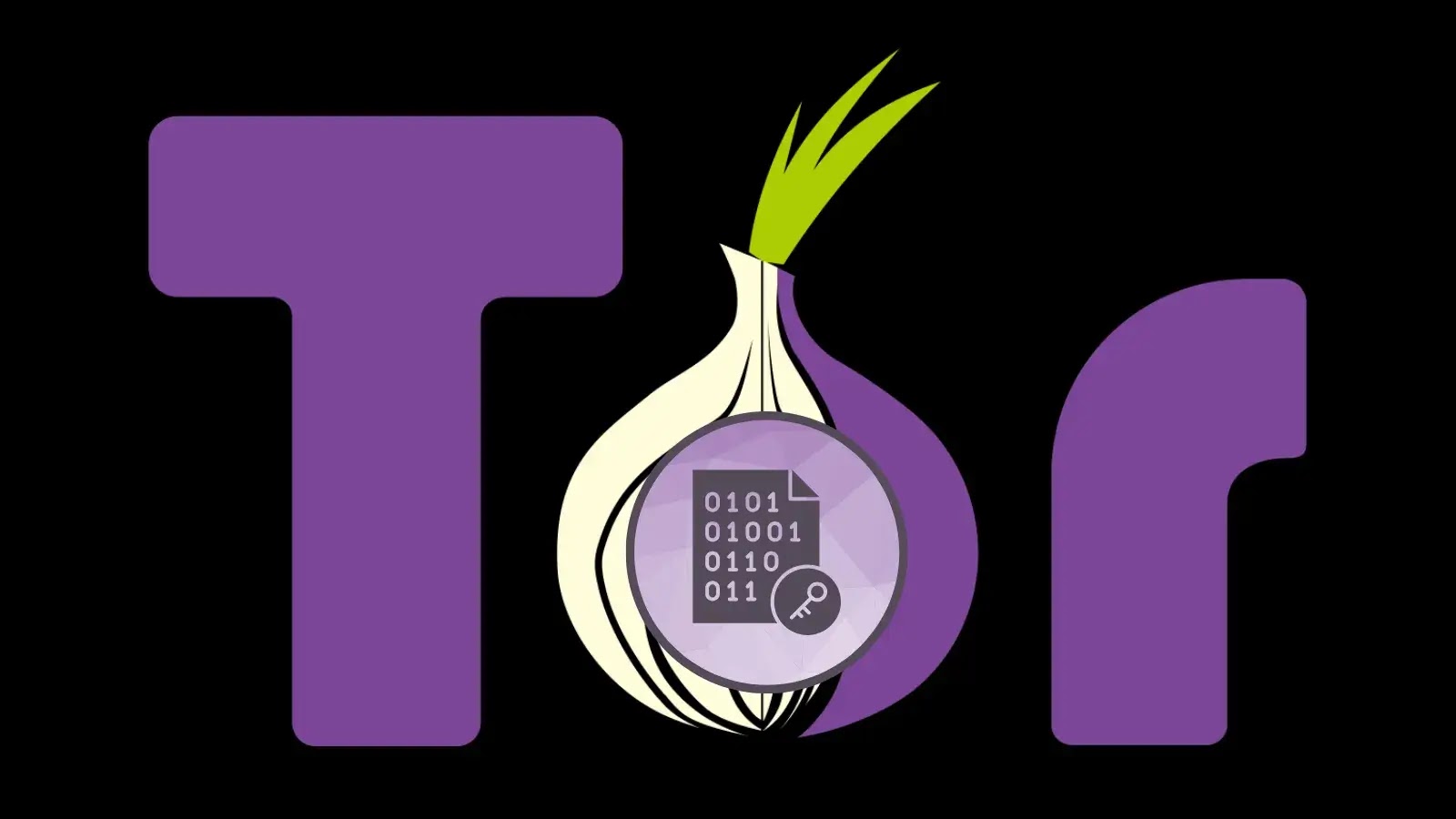
Tor Adopts Galois Onion Encryption to Strengthen Defense Against Online Attacks
In the relentless cat-and-mouse game of online privacy and security, the Tor Project has once again demonstrated its commitment to staying ahead of sophisticated adversaries. After decades of underpinning its relay encryption, Tor has announced a pivotal cryptographic upgrade, transitioning from its legacy algorithm to the more robust Counter Galois Onion (CGO) encryption. This significant architectural shift promises to bolster Tor’s defenses against an increasingly complex threat landscape, ensuring greater anonymity and resilience for its users.
The Evolution of Tor’s Encryption: From Legacy to CGO
For years, the Tor network has operated on a foundation of relay encryption designed for a very specific purpose: to obscure the path of internet traffic across its distributed network of relays. Unlike the ubiquitous Transport Layer Security (TLS) protocol that secures communication between a user and a website, Tor’s relay encryption focuses on concealing the connections between relays themselves. This internal encryption layer is crucial for maintaining the “onion” structure that gives Tor its name, where data is encrypted in layers, each peeled off by a successive relay.
The decision to retire the long-standing encryption algorithm was not made lightly. It stems from extensive research and a proactive stance against a “broader class of sophisticated online attackers” – adversaries with significant computational resources and advanced surveillance capabilities. The introduction of Counter Galois Onion (CGO) signifies a proactive rather than reactive measure, addressing potential vulnerabilities before they can be widely exploited. This move reinforces Tor’s dedication to continuously hardening its defenses against state-sponsored actors and other well-resourced entities.
Understanding Counter Galois Onion (CGO) Encryption
CGO represents a modern, research-backed encryption design tailored to the unique demands of the Tor network. While the specifics of its cryptographic primitives are complex, the core benefit lies in its enhanced security properties against cryptanalysis and traffic analysis attacks. Key aspects of CGO’s advantages include:
- Increased Resilience: CGO is engineered to withstand more sophisticated attacks that might attempt to de-anonymize users by analyzing encrypted traffic patterns or exploiting weaknesses in older cryptographic constructions.
- Modern Cryptographic Primitives: This new algorithm likely incorporates contemporary cryptographic techniques that have undergone rigorous peer review and are considered more secure against known and emerging attack vectors.
- Defense Against Broader Attack Classes: The Tor Project emphasizes CGO’s ability to defend against a “broader class of sophisticated online attackers.” This suggests that CGO is designed to counter advanced techniques beyond what the previous algorithm could effectively handle, such as timing attacks, side-channel attacks, or more complex statistical analyses of traffic.
This cryptographic overhaul ensures that the very pathways used by Tor remain resistant to interception and analysis, safeguarding the privacy of individuals relying on the network for free speech, journalism, and secure communication.
The Distinct Role of Tor’s Relay Encryption vs. TLS
It’s important to clarify that Tor’s relay encryption is distinct from the standard TLS (Transport Layer Security) protocol that secures most internet traffic. While both provide encryption, their scope and purpose differ:
- TLS: Primarily secures end-to-end communication between a user’s browser (or client application) and a web server. It encrypts the content of the data and authenticates the server, preventing eavesdropping and tampering.
- Tor Relay Encryption (now CGO): Secures the individual hops between Tor relays within the Tor network. It encrypts the “onion layers” that encapsulate user traffic, ensuring that each relay only knows the previous and next hop in the circuit, not the full path or the ultimate destination. This layered encryption is fundamental to Tor’s anonymity model.
The adoption of CGO specifically strengthens this internal network security, making it harder for observers to infer traffic patterns or compromise the integrity of specific relays to deanonymize users. This critical upgrade reinforces the very architecture that makes Tor an effective tool for privacy.
Implications for Tor Users and the Cybersecurity Community
For the average Tor user, this transition will likely be seamless. The upgrade occurs at the network’s foundational level, meaning users won’t need to take any specific actions or update their Tor Browser. However, the benefits are profound:
- Enhanced Anonymity: Users can have increased confidence that their traffic within the Tor network is better protected against sophisticated surveillance.
- Increased Network Resilience: A stronger encryption algorithm makes the entire Tor network more robust against attempts to disrupt its operations or compromise its relays.
- Demonstration of Proactive Security: The Tor Project’s commitment to continuous cryptographic improvement serves as a model for other privacy-focused technologies.
For cybersecurity analysts and developers, this move highlights the ongoing need for vigilance and innovation in cryptographic design. Understanding the principles behind CGO and its advantages over legacy systems can inform best practices in other secure communication protocols. While there are no specific CVEs directly associated with the *adoption* of CGO, the underlying reason for its development often stems from the need to preemptively address potential weaknesses in older cryptographic implementations, which could, in theory, contribute to vulnerabilities if left unaddressed.
Conclusion
The Tor Project’s adoption of Counter Galois Onion (CGO) encryption marks a significant milestone in the continuous pursuit of online privacy and security. By proactively upgrading its core relay encryption algorithm, Tor is strengthening its defenses against sophisticated adversaries and reaffirming its commitment to providing a robust and anonymous communication platform. This move not only enhances the security posture of the Tor network but also underscores the dynamic nature of cybersecurity, where constant innovation is essential to stay ahead of evolving threats.





